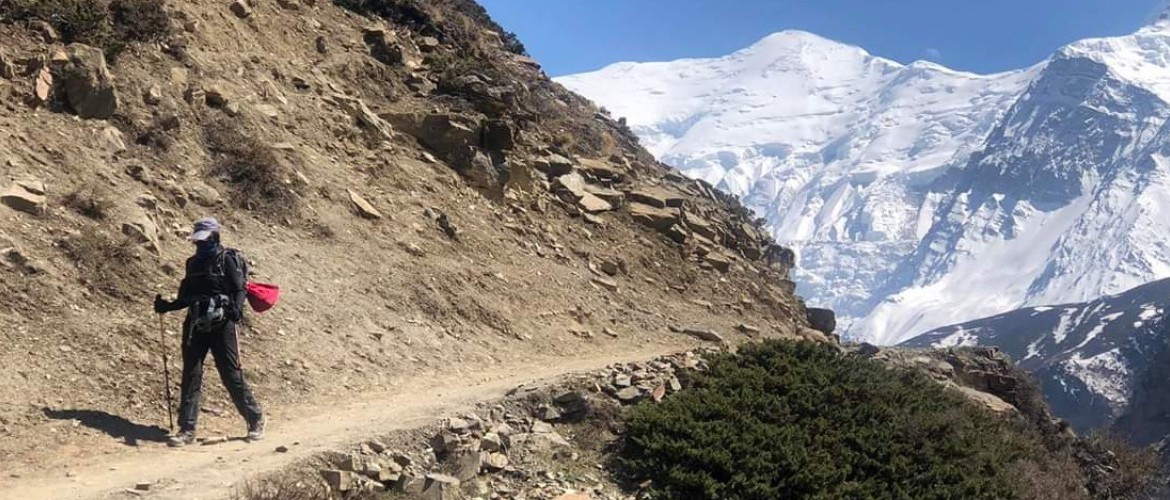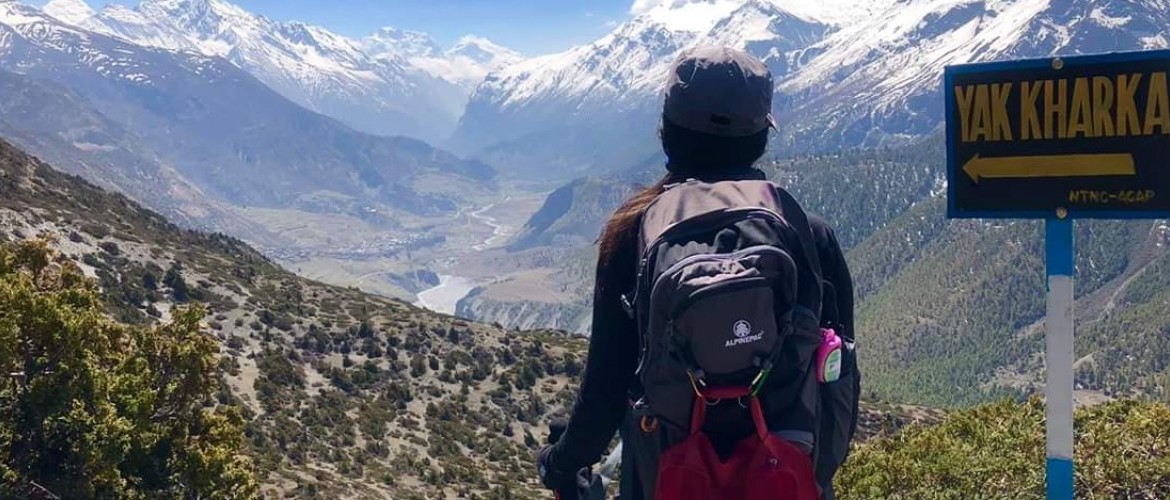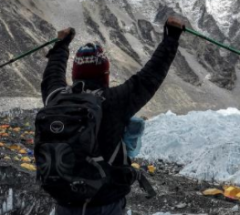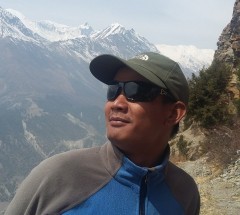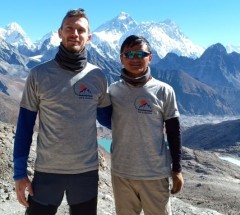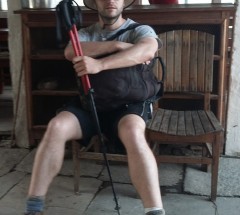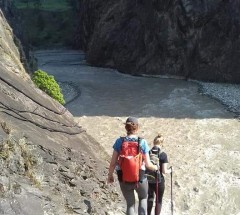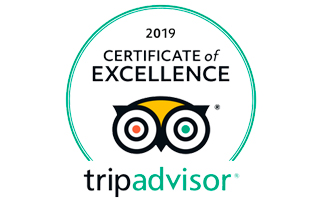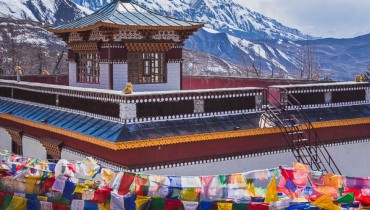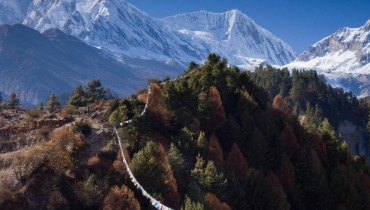Trip Overview
The Short Annapurna Circuit Trek is one of the most illustrious adventures in entire Nepal. The adventure encircles the entire Annapurna massif and the marvels of the Annapurna Conservation Area. The Short Annapurna Trek allows the trekkers to enjoy the company of the majestic Himalayas and revel in the cultural glory of the villages in the shadows of the glamorous mountains. A perfect fit for those running short on time, the short Annapurna Circuit Trek is a brilliant way to explore these famous trekking trails within a limited amount of budget as well.
Like most of the adventures in Nepal, the Short Annapurna Circuit Trek begins with a bus drive from Kathmandu. As the road trip settles on the beds of the Prithvi Highway on the way to Besisahar. While the Annapurna Circuit Trek starts from Besisahar, you drive northwards to Chame on this trip. The Marshyangdi River will keep you company as you take on a bumpy graveled road. The drive passes small villages and offers great scenery of the Himalayas while continuing on a long drive. Finally, arrival at Chame signals the beginning of the trek. Heading to Pisang on the first day, you continue to Manang. The trails reflect the widespread of Tibetan culture in these regions as the chortens, monasteries, and prayer flags decorate the entire way to Manang. At Manang, you spend an additional day to relish the beauty of the Annapurna Himalayas and Tibetan lifestyle. Heading towards Yak Kharka along with the pasturelands, the trek reaches the base of the Thorung La Pass (5416m). A rather difficult ascent to the top of the Thorung La Pass (5416m) ensures a vista of beautiful massifs and landscapes. A descent leads to the Muktinath Temple, revered by both Hindu and Buddhist adherents. Finally, the trek heads towards its completion as you head to Jomsom. From Jomsom, a drive will bring you to Pokhara followed by another drive to Kathmandu.
At Amazing Nepal Trek, we are more concerned about the quality of the trip and the degree of satisfaction of our clients. As we aim to be one of the biggest trip organizers in Nepal, we also hope to provide unique travel experiences. So, we have a standard set of services and able team members to serve you.
Trip Highlights:
- Annapurna Conservation Area and its biodiversity
- Cross the Thorung La Pass (5416m) and enjoy the scenery from the top of the pass
- Witness the panorama of the Annapurna, Nilgiri, Chulu, and Muktinath Himal ranges
- Observe the lifestyle and culture of the Tibetan and Manangi communities
Additional Information
If the suggested itinerary is not up to the mark, we can even customize your trip as per your need with a special group discount. Kindly contact us at [email protected] for detail information. You can also contact us by calling at +977-9851116042 for 24/7 support. We speak English, Hindi, and Nepali.
